As photographers, we should definitely be grateful that we have so many resources available to learn from. There are plentiful websites and YouTube channels dedicated to helping photographers develop their photography. But you’ve probably noticed how many of those tips are redundant and cliched. Photographer Kai Wong talks about the ten most popular photography tips and whether they should be kept, changed, or killed:
1. Gear Doesn’t Matter
How many times have you come across this cliche? You can’t dictate what people do with their money. And different people have different interests. Some people love to collect gear. Some people only invest in gear to motivate themselves to shoot more–and eventually better–images.
“Some of these people in the internet who are perpetuating the notion that gear doesn’t matter are the same very people who are obsessing about dynamic range, resolution, and megapixels in their little tests.”
Eventually, it all comes down to choice. Get the gear that gets the job done for you and that you enjoy using, while not burning a hole in your pocket.
2. The Best Camera is the One That’s With You
Well, this one makes a lot of sense. Consider that you come across a brilliant moment that’s photo-worthy, but you’ve left your camera at home. At this point, your smartphone camera actually is the best camera. You may wish to get a camera that has more dynamic range and more megapixels, but until you get it, the one that’s with you is the only camera that’ll help to create images.
3. Remember to Remove Your Lens Cap
This might sound stupid, but this tip is shared by a lot of people on the internet. Does this even qualify as a photography tip?
“It is like saying remove your pants before you take a crap. Remember to close your mouth when you swallow. Or, after you breathe in, breathe out.”
4. If Your Photos Aren’t Good Enough, You’re Not Close Enough
“It might be cliche, might be overused, but it’s just good solid advice and something that people often overlook.”
This tip really makes sense, as filling your frame with the subject forces your viewers to pay more attention to the subject. However, you need to take into account the context as well. For instance, when photographing interiors, stepping back helps.
5. Zoom With Your Feet
“It is not just about going forwards.”
If you have a look at how good photographers work, you’ll notice how they constantly move around. They actively look for interesting angles and shoot from different perspectives. They don’t just move near them, they also move around them in search of better composition.
“The tip generally should be move your feet and actively get the shot. Don’t let a shot come to you.”
6. Shoot at Golden Hour and Avoid Midday
Golden hour is an awesome time to be photographing landscapes. It simply makes a good landscape look great. It also shows that you invested your time in planning to take the photo. But that doesn’t necessarily mean that golden hour is the only time of day you should be out taking photos.
“For street photography, I hardly ever use golden hour light.”
Rainy and cloudy days have soft scattered light, which is great for photography. Midday light can be harsh and produce hard shadows, but the high contrast look can be equally good to look at. It makes for great black and white images. So, no matter what time of day you’re photographing, make an effort to use it to your advantage.
7. Shoot Film
“Buy a film camera. It will force you to slow down and think.”
Shooting film is a slow process. And it definitely demands a lot of dedication from the photographer. You can’t instantly review your images. This may mean that you’ll be waiting for some time just to know that you messed up the shot. This will slow down the learning process too.
“It’s not exactly a great advice to tell somebody who’s bought a digital camera to buy a film camera just to improve their photography. Shoot film because you want to shoot film.”
8. Use the Rule of Thirds
The rule of thirds is a good guideline to help beginners compose their shots. But, try not to enforce it as a rule.
“Tell learners that you must use rule of thirds and they’ll worry whenever it’s slightly out.”
Leading lines, symmetry, the golden triangle, and the golden ratio are some of the other composition guides that can help beginners take interesting photos.
9. Dos and Don’ts for Composition
You can find many “photography tips” that forbid you to compose in a certain way. Tips like “don’t put your subject in the middle of the frame” or “don’t put the horizon in the middle” should not be taken as restrictions. It’s up to you to decide whether or not the composition looks good. If it does, do it. Don’t let rules get in the way of you and your image.
10. Learn the Rules and Break Them
Almost every article or a photography tips video ends with this cliche: “Learn the rules and then break them.” That’s actually good advice. Once you’ve been exposed to a certain set of rules, guides, tips, and tricks, it’s up to you how you use them to your benefit. Instead of trying to fit into them, learn to grow out of them.
“Photography is all about getting creative. You can get some sound advice from even the most cheesy of cliche tips but at the end of the day, it’s up to you.”
Like This Article?
Don't Miss The Next One!
Join over 100,000 photographers of all experience levels who receive our free photography tips and articles to stay current:
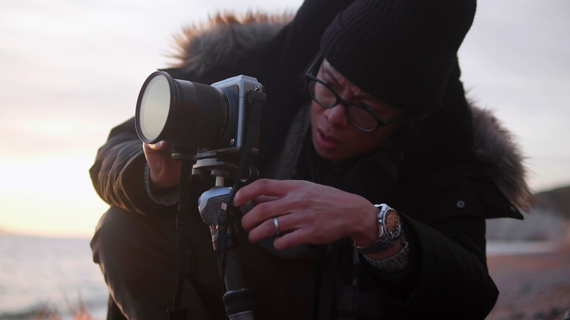
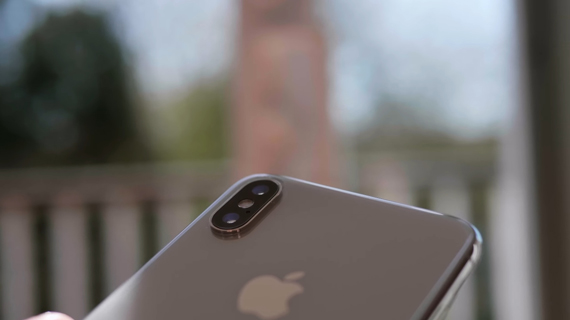
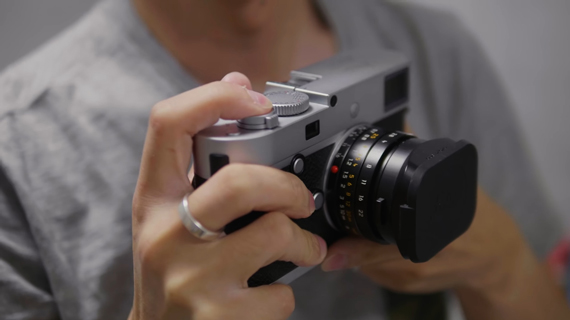
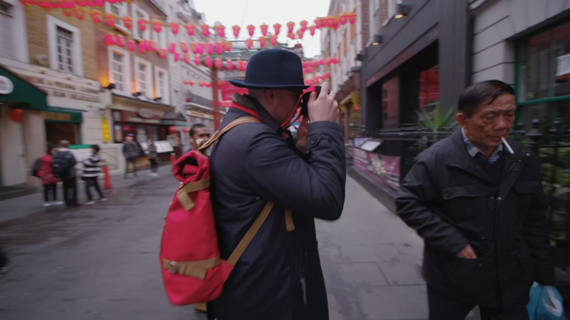
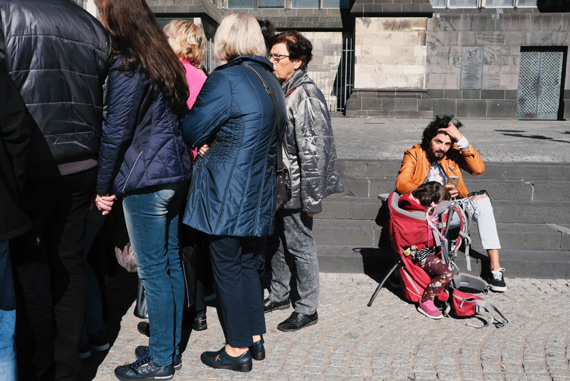
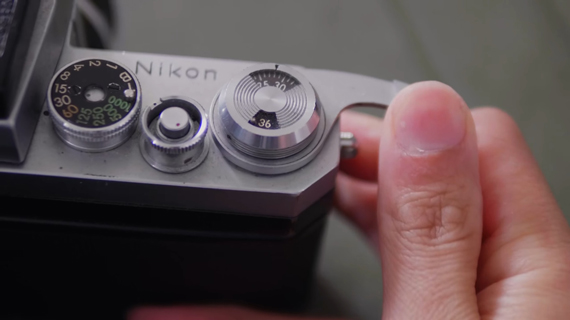
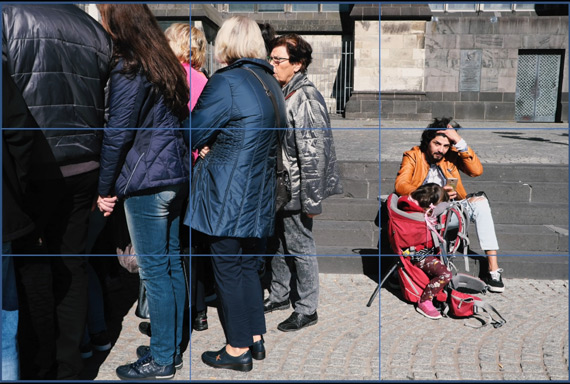






Leave a Reply